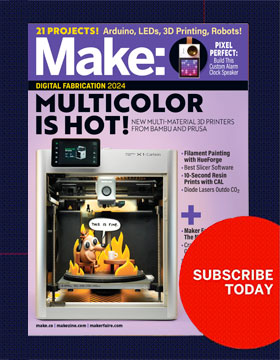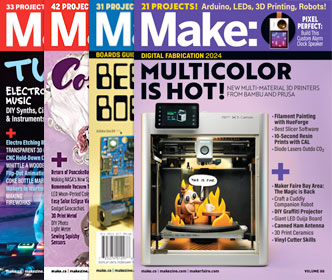PRESENTED BY


1 hour - 2 hours
TO COMPLETE

WHAT WILL YOU MAKE?
But how do you turn a square of fabric or an old sock into a cute stuffed animal? Using the design process!
First, you’ll brainstorm ideas and sketch a plan. Next, you’ll create your design. Once you’ve made the first prototype, you’ll probably find things you want to modify. Iterate on your design to make it better!
In this maker activity, you will use the design process to design a stuffed creature that has the following criteria:
1) Is made out of fabric, 2) Has a head and body with at least one appendage (like an arm, leg, tail, or wing), and 3) Is decorated to give it some personality.

WHAT WILL YOU NEED?
- Planning supplies: paper, pencil, markers, crayons
- Base material: fabric - use old socks or other worn out clothing
- Tools: scissors, needle and thread, hot glue gun and glue sticks
- Stuffing: fiber fill, paper, fabric
- Decorations: buttons, beads, googly eyes, fabric, yarn, markers, paint, pom poms
STEP 1
BRAINSTORM & PLAN
Come up with as many ideas as you can! Look over all the materials you have available and think about how you can use them in your design. Choose one idea that best fits the design criteria. Sketch your idea on a piece of paper and label the materials that you will use.
– Does your creature have legs? Wings? How will you make those shapes?
– Are you including eyes? What will you use to make them? Buttons? Fabric?
STEP 2
PROTOTYPE
Create a prototype of the creature you designed! You can prototype different parts of your creature then sew them all together. For example, you might start with two big legs but then decide to make them thinner or shorter or make five of them!
Sewing Tips:
– Big stitches are quick but can come apart. Tight stitches can pull fabric together. Experiment to find what works for your design.
– If you turn your sock inside out before sewing it together, you won’t see the stitches.
STEP 3
TEST
When cutting and sewing your creature, you might find things that didn’t quite work the way you wanted. Record your observations:
– What worked well in your design?
– What do you want to change?
STEP 4
ITERATE
Based on your observations, adjust your design to brainstorm, plan, build, and test a new prototype!
– What new ideas do you want to try?
WHAT'S NEXT?
Reflect. After you complete the challenge, reflect on your experience:
– What problems did you have in your design and how did you use your creativity to solve them?
Please Note
Your safety is your own responsibility, including proper use of equipment and safety gear, and determining whether you have adequate skill and experience. Power tools, electricity, and other resources used for these projects are dangerous, unless used properly and with adequate precautions, including safety gear and adult supervision. Some illustrative photos do not depict safety precautions or equipment, in order to show the project steps more clearly. Use of the instructions and suggestions found in Maker Camp is at your own risk. Make Community, LLC, disclaims all responsibility for any resulting damage, injury, or expense.
ALL DONE? SHARE IT!
Share pictures and videos of your cool build! Be sure to use #maketogether or #makercamp
POST YOUR PROJECTSKits and Books From Maker Shed
Make: produces a variety of great products and helpful project tutorials to enhance your making experience.




